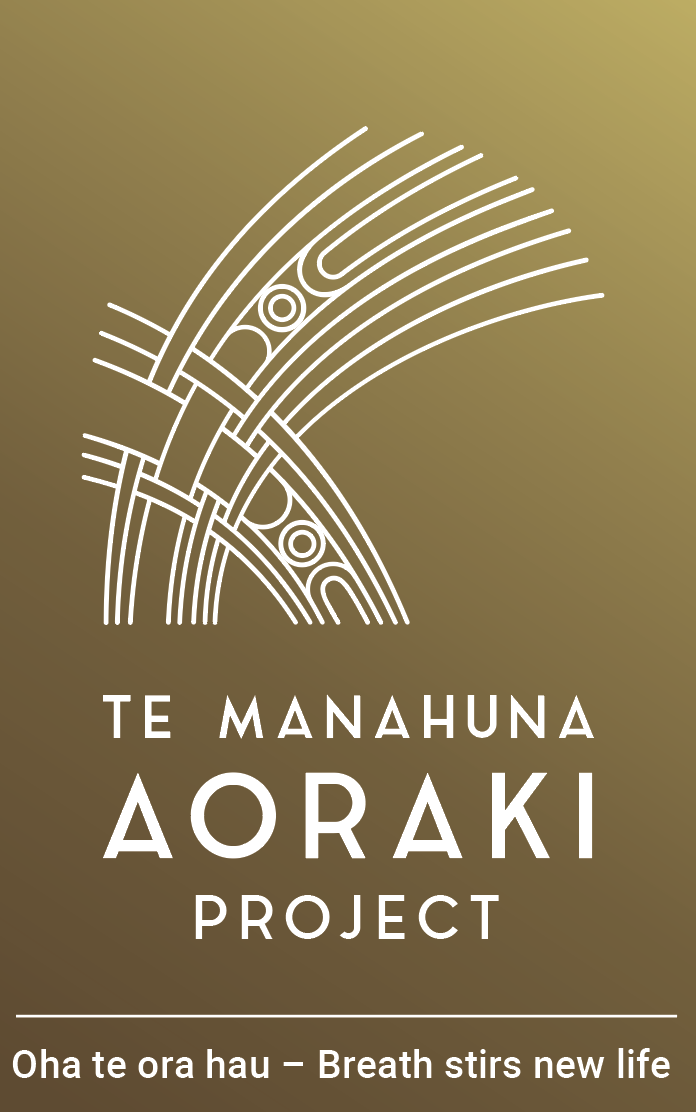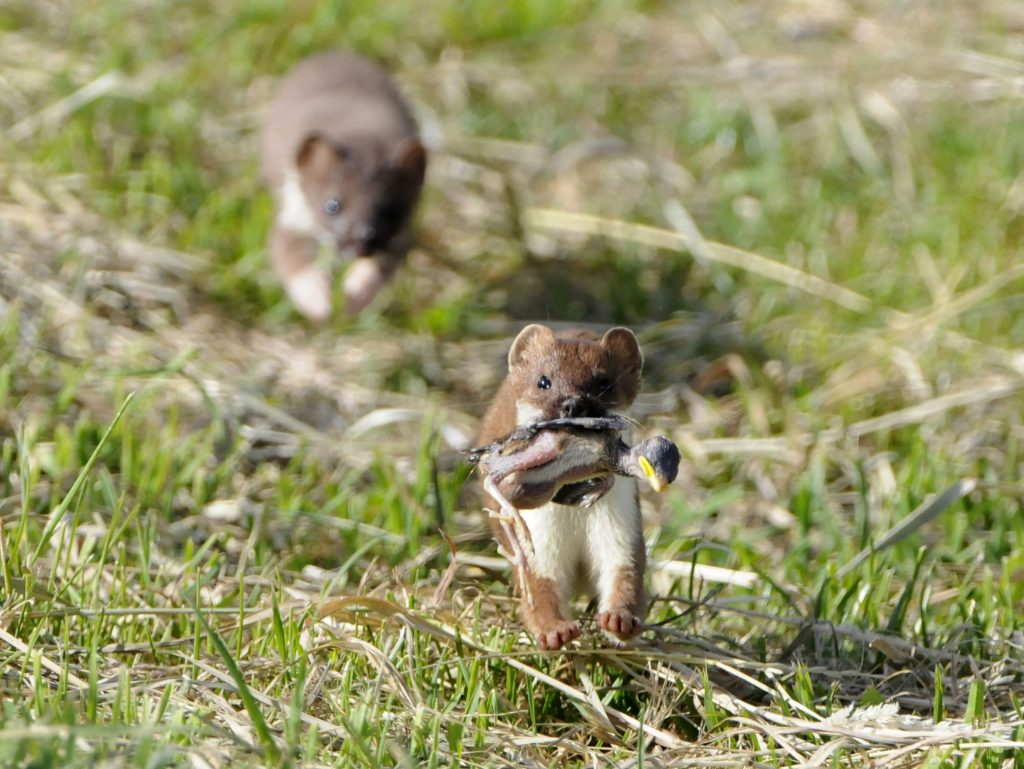Stoats are deadly and relentless hunters who can travel large distances at great speed. They are the most widely detected predator in the project area and are regularly seen at altitudes of 2050m.
Our research has spotted one on a motion-activated camera at an altitude of 2135m but, given the lack of available prey at these heights, they are not at this altitude in large numbers.
Stoats don’t just kill to survive – they kill everything in sight and store surplus food for later. Their main prey are rats, mice, native birds, rabbits, hares, hedgehogs, possums, lizards and insects like wētā, so they have a significant impact on species in the project area, including tuke/rock wren, kea and ngutuparore/wrybill.
They are such a devastating predator because they can climb and swim, and they have good eyesight, hearing and a strong sense of smell. They also have big families. A female stoat can have up to 12 babies at a time, and a male stoat can impregnate baby females at only 2-3 weeks old – before they even open their eyes. Even though she is pregnant, her offspring aren’t born until the following spring when she is an adult.
Photos : Fight for the Wild credit Peter Young and trail cameras


